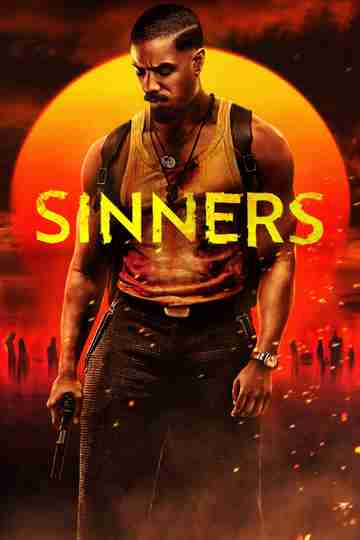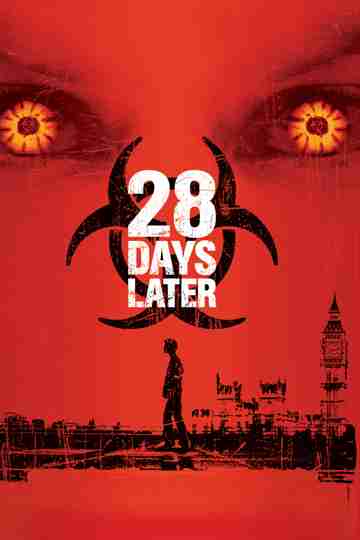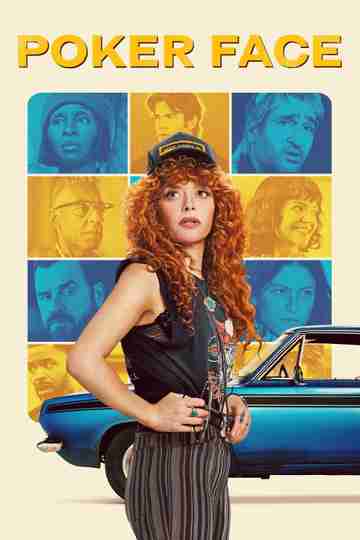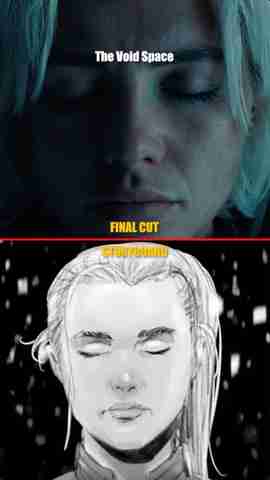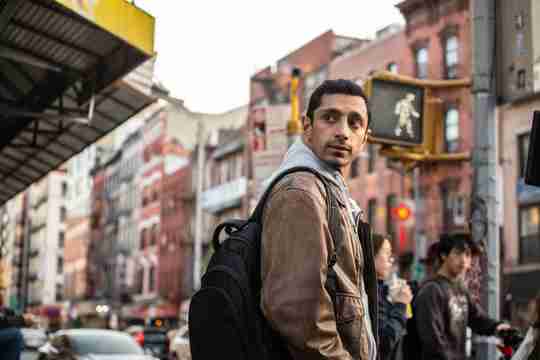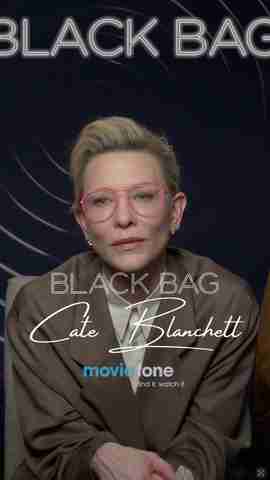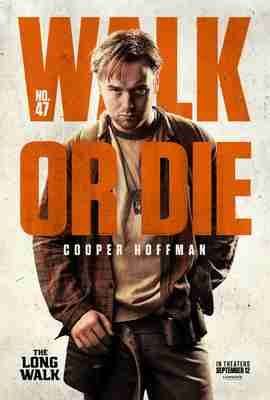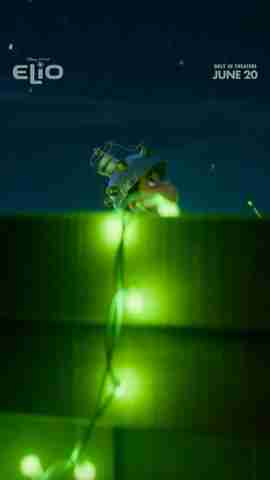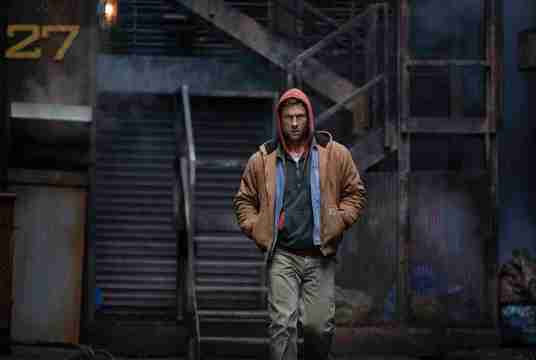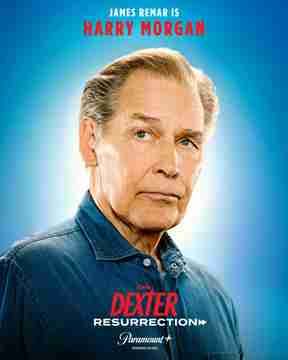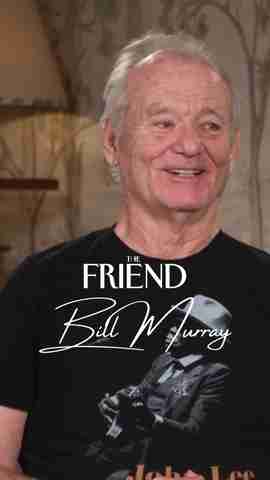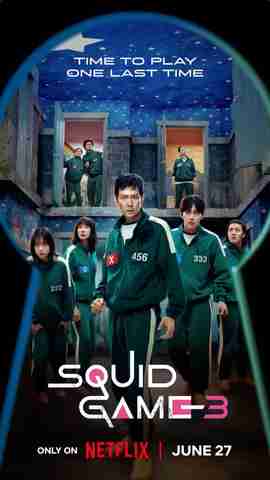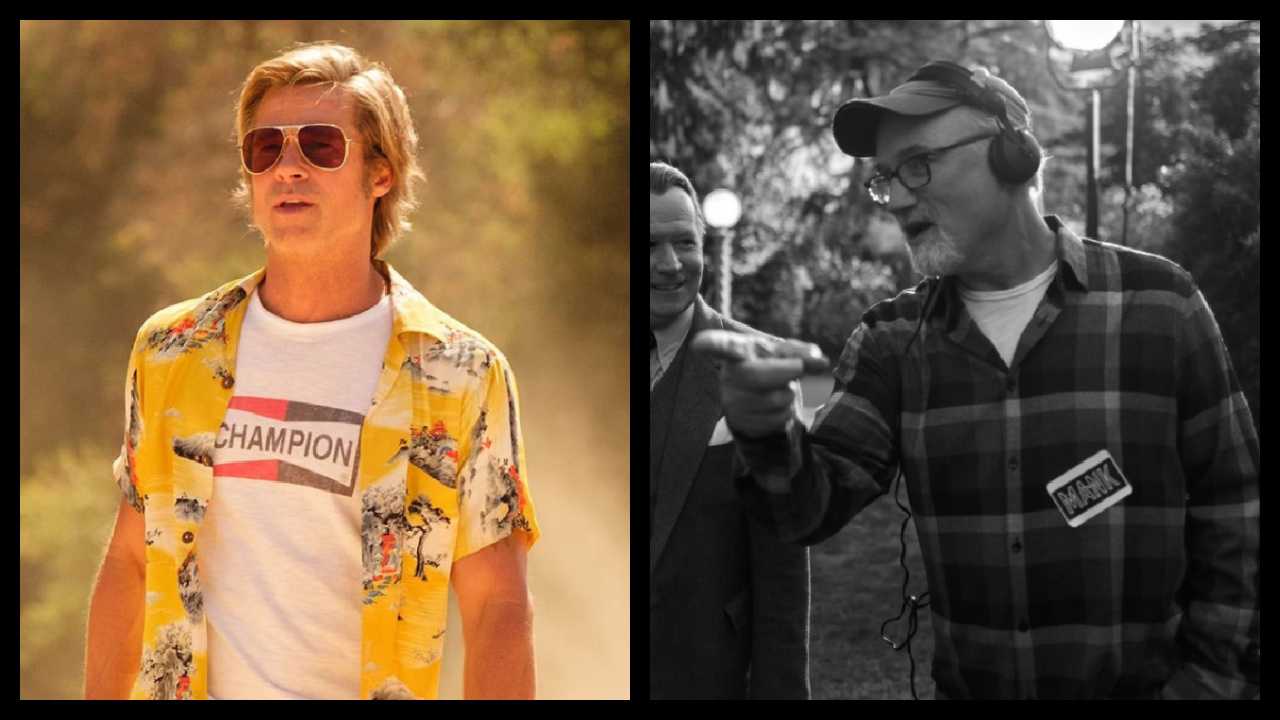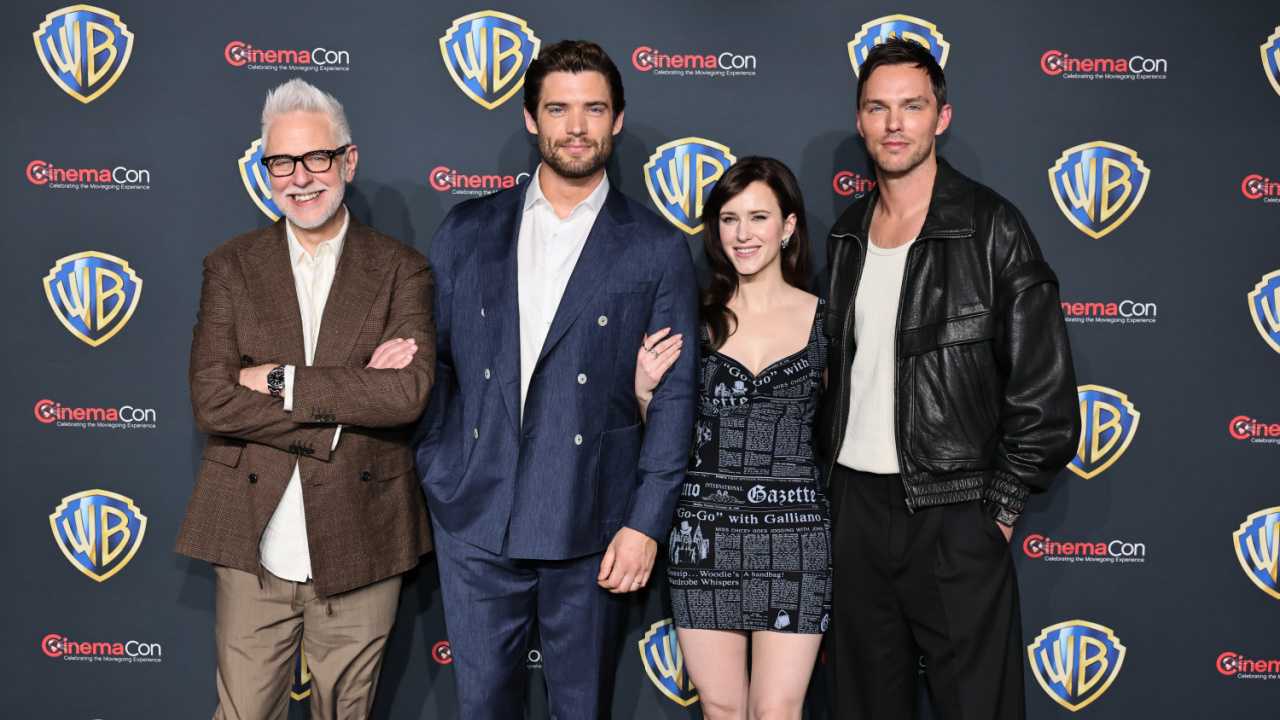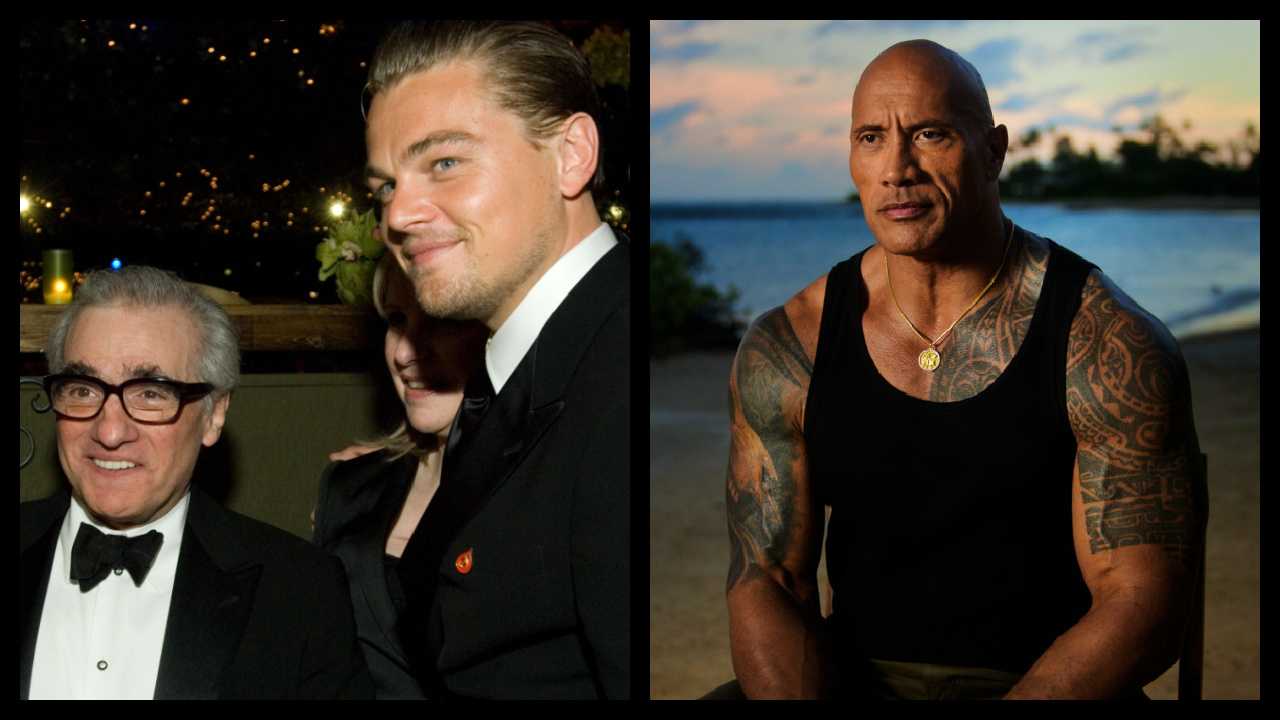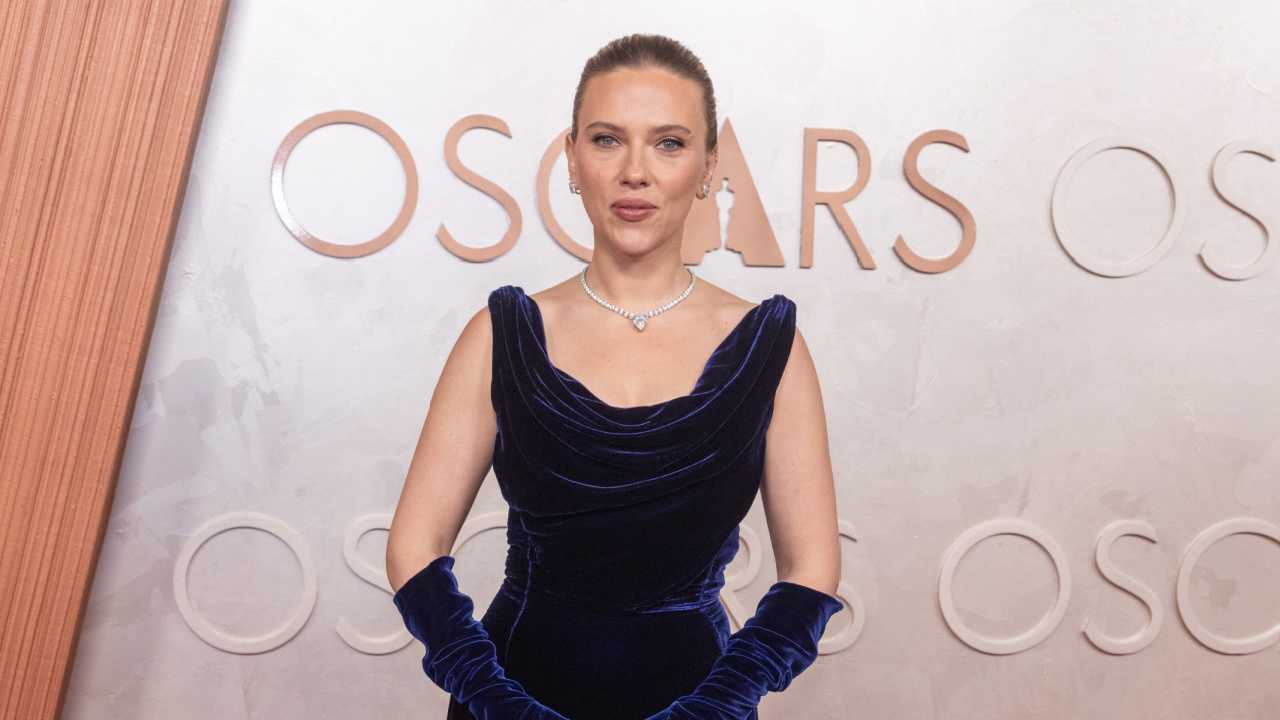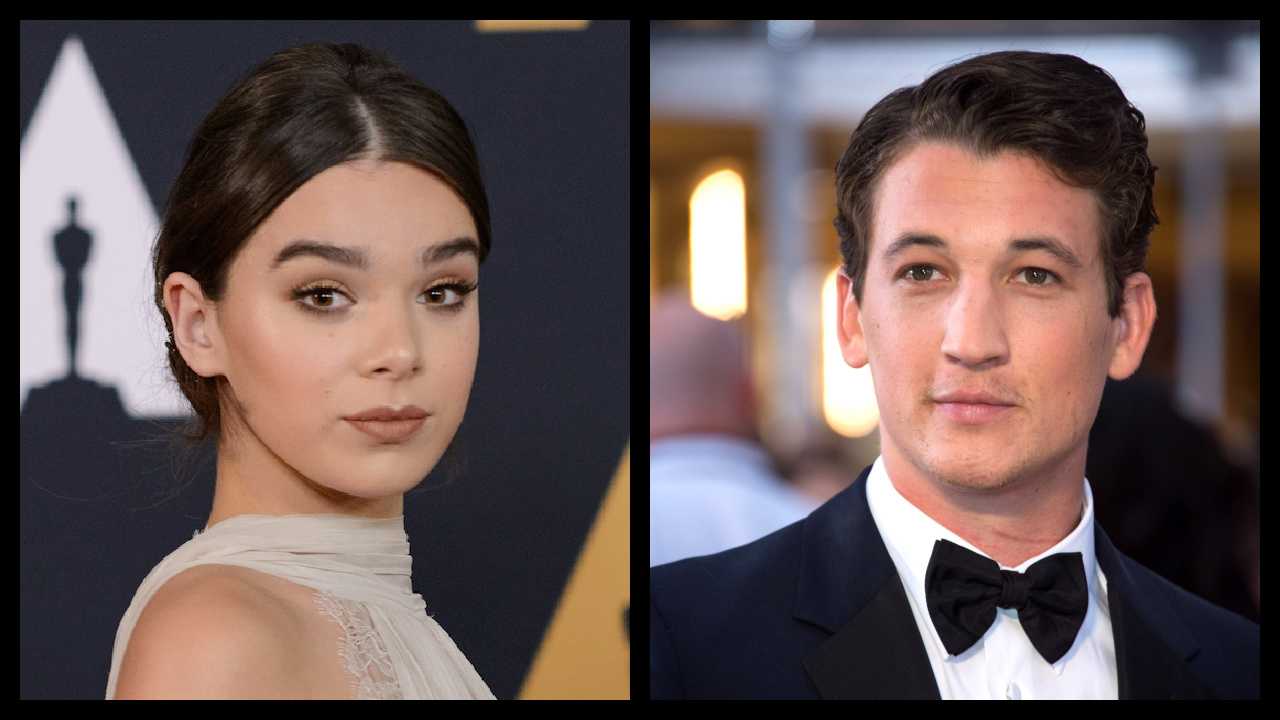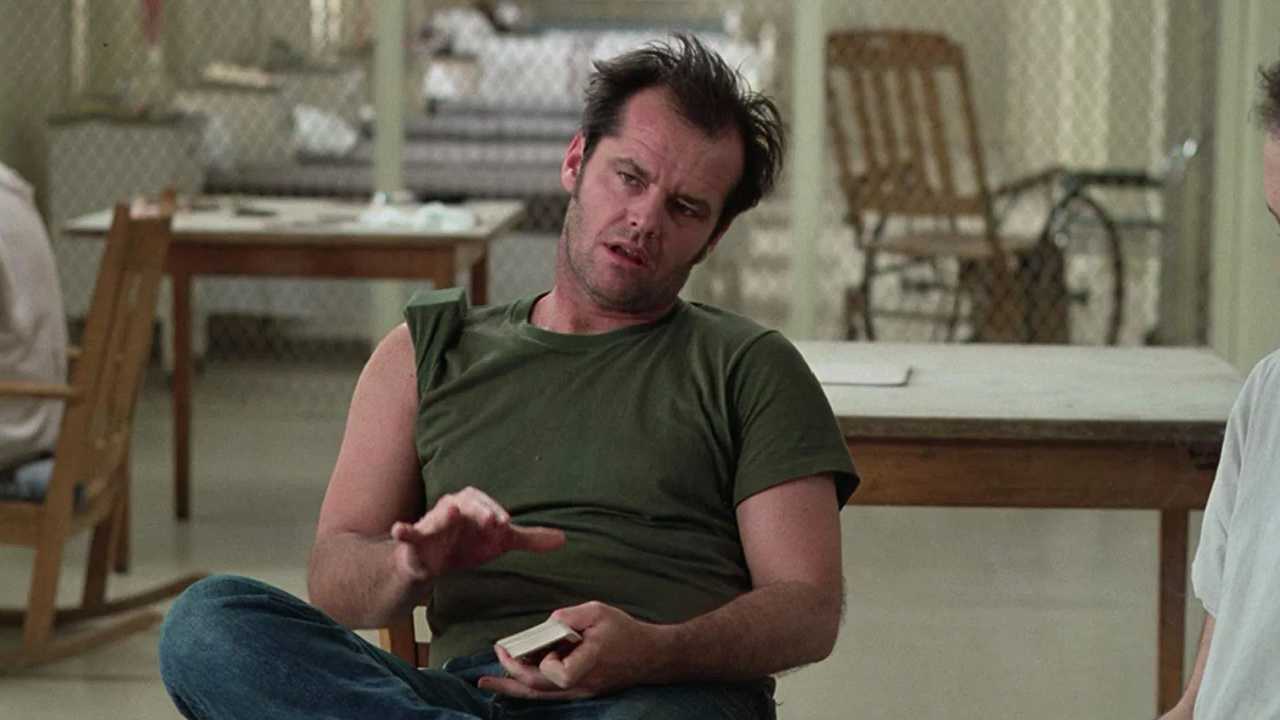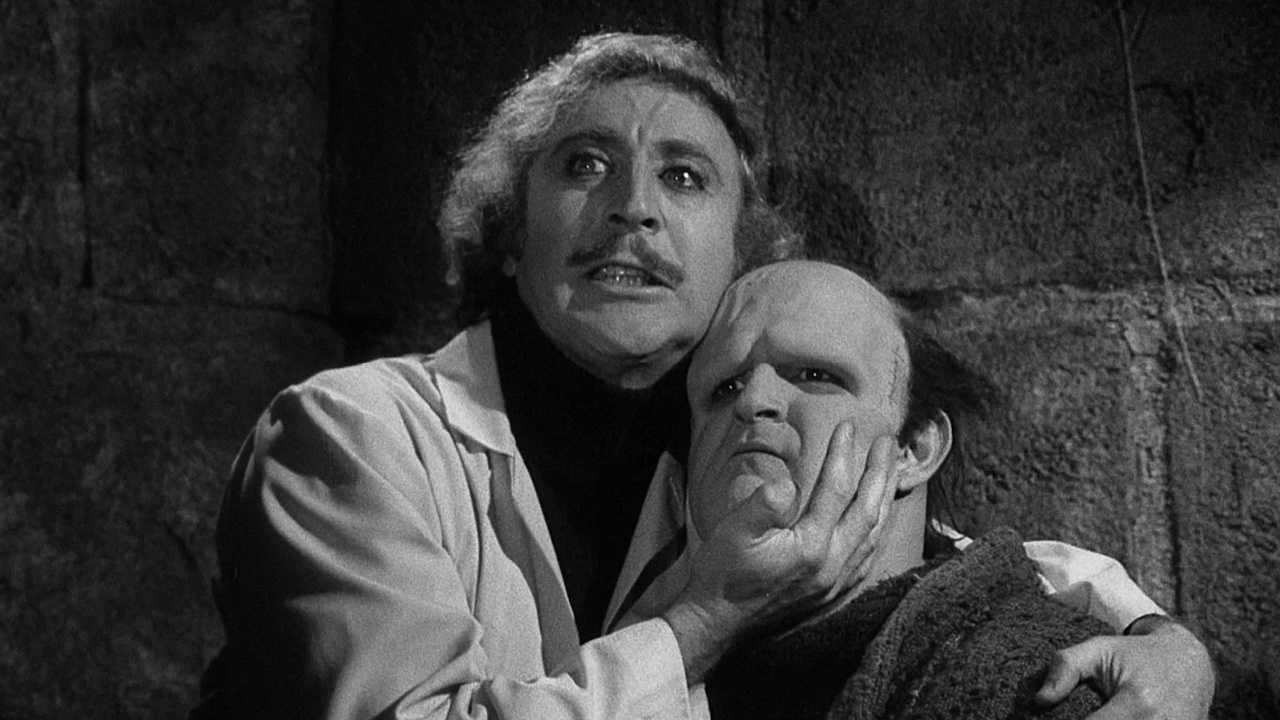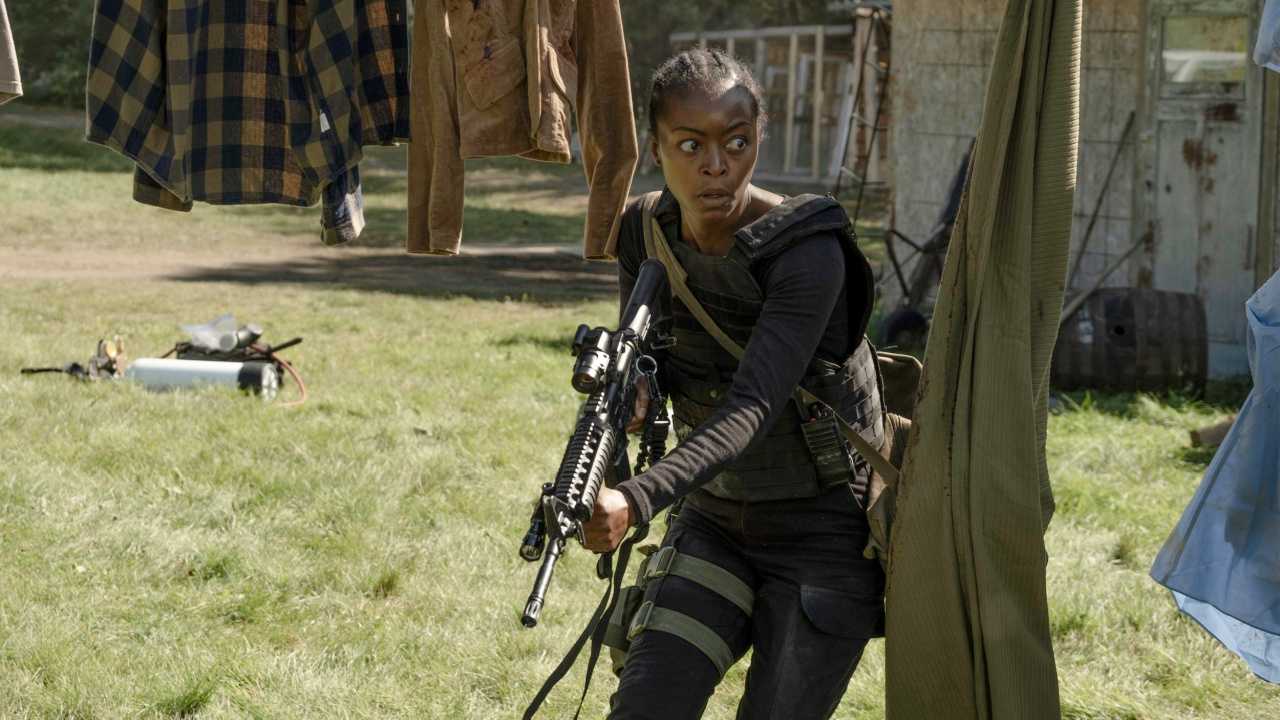17 Things You Never Knew About Baz Luhrmann's 'Romeo + Juliet'
Every generation seems to get the Shakespeare adaptations it deserves, and in the mid-'90s, that meant Baz Luhrmann's music-video-style, visually extravagant "William Shakespeare's Romeo + Juliet."
The hit film helped make a romantic leading man out of Leonardo DiCaprio, a movie star out of Claire Danes, and Bard fans out of a generation weaned on MTV. To mark the film's 20th anniversary (it was released on November 1, 1996), here are the whys and wherefores behind the making of the movie.
1. Hollywood courted Luhrmann after the Australian director's low-budget debut, "Strictly Ballroom," became an international smash. Asked to write his own ticket, he announced that what he really wanted to do was adapt "Romeo and Juliet," done the way Shakespeare might have done it himself if he had the resources of a 20th century movie studio instead of a 16th century theater.
"We're trying to make this movie rambunctious, sexy, violent and entertaining," Luhrmann said, "the way Shakespeare might have if he was a filmmaker."
2. Luhrmann wanted to keep as much of the original text as possible, but he also wanted it spoken with American accents -- not just to help the box office, but because he also believed it was more authentic. No, really -- Luhrmann cited the work of "A Clockwork Orange" author and Shakespeare scholar Anthony Burgess to claim that the Elizabethan accent sounded a lot more like contemporary American speech than like the plummy tones of Laurence Olivier or Kenneth Branagh.
3. The idea of making the Montagues and Capulets into rival street gangs had been done before, most famously in "Miami Vice,'" explained co-screenwriter Craig Pearce. "Miami seemed to be a world in which the very wealthy and glamorous live alongside the very poor, a society influenced by Latin culture and punctuated with violence."
4. Even so, Luhrmann discovered that there was a Latin city even more Elizabethan than Miami, with even greater extremes of wealth and poverty, more pronounced codes of tribal honor, and religious iconography everywhere that would look great on film: Mexico City. Most of "Romeo + Juliet" would be filmed there, either on soundstages, among local landmarks, or in whole cities constructed in the middle of nowhere.
5. Luhrmann found his leading man in a magazine's party picture pages, shortly after DiCaprio's Oscar nomination for "What's Eating Gilbert Grape." The Aussie was unfamiliar with the rising American star, but his idea for the project so intrigued DiCaprio that he flew to Australia on his own dime to workshop the part with Luhrmann, just to see if he could master the tricky language and the combat scenes.
6. Indeed, it was footage of DiCaprio fighting that convinced 20th Century Fox to greenlight the movie.
7. For Juliet, Luhrmann cast Natalie Portman, then hot off her star-making role in "The Professional." She was 14, which was about the right age for Juliet in the text.
8. Unfortunately, DiCaprio was 21, and My So-Called Life." The feeling was mutual; in fact, she had a fangirl crush on Leo. Nonetheless, she kept it together when she read for the part. "She was the only girl that looked me in the eye in auditions," DiCaprio said. "She was right there, in front of my face, saying every line with power."
10. With pistols instead of swords, the Montague and Capulet posses had to spend two months learning how to wield guns and do trick moves with them.
11. John Leguizamo, who played Tybalt (above), recalled being a klutz who repeatedly dropped his weapon at first, but eventually, he mastered the art of gunplay. "I can do shows in Vegas now," he joked.
12. For many of the Verona Beach scenes, the shoot moved out of Mexico City to an elaborate set built in Veracruz. There, the cast and crew had to cope with plagues they later joked were biblical in scope, including a hurricane and killer bees.
13. The production design is so full of references to various Shakespeare plays -- in retail signs (Rosencrantzky's Burgers), names of consumer products (Agincourt cigarettes), and graffiti on walls -- that it takes many repeat viewings to notice them all.
14. One reference you probably didn't spot? As Romeo is on his way toward his encounter with Juliet via the fish tank, he passes a man at a urinal who's wearing a Renaissance costume. This is supposed to be William Shakespeare himself. There's no way to tell, as we never see the man's face; it's just an in-joke so exclusive that Luhrmann put it in the film to amuse only himself.
15. "Romeo + Juliet" cost a reported $14.5 million to make. It earned back $46.4 million in the United States and a total of $147.6 million around the world. Luhrmann was especially pleased that the film opened at No. 1 at home in Australia, ahead of imported Hollywood disaster movie "Daylight." Said Luhrmann, "I know Shakespeare will be happy to hear that he outgrossed Sylvester Stallone."
16. The movie was nominated for just one Oscar, for its production design.
17. Three years after gospel choirboy Quindon Tarver's rendition of Rozalla's "Everybody's Free (To Feel Good)" adorned the "Romeo + Juliet" soundtrack, Luhrmann remixed it with a spoken-word essay, an imaginary graduation speech written by Chicago Tribune columnist Mary Schmich but commonly misattributed to novelist Kurt Vonnegut. The result was the worldwide hit "Everybody's Free (To Wear Sunscreen)."


